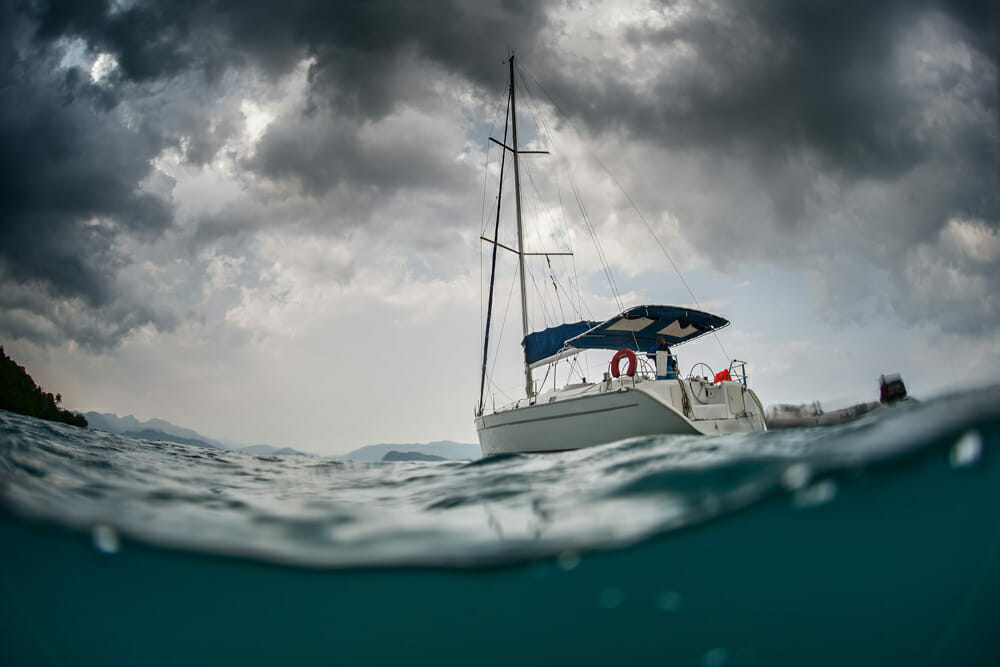Boating is a popular pastime, but if you are not vigilant about your surrounding, it can quickly become hazardous. This is especially true in adverse weather conditions. Strong winds, heavy rain, lightning, and waves can quickly turn a pleasant day on the water into a bad day in a blink of an eye. To stay safe while boating, it is essential to understand the local weather forecasts and to recognize the warning signs of approaching storms.
This article will show you how to be better prepared for adverse weather when you are out on the water. In addition, we will share some helpful boating safety tips to keep you safe in the event you get caught in a storm or other adverse weather.
Boating Safety Begins with the Local Forecast
Before you head out on the water, it is essential to check the local weather forecast. Many smartphone weather apps, local news websites, and radio stations provide updates on the weather conditions in your area. In addition, you should check the National Weather Service or NWS marine forecast, which includes detailed information on wind speed, wave height, and other conditions that may affect you out on the water.
When you check the forecast, pay attention to the wind direction and speed. If the wind speed is expected to exceed 20 knots, it is best to stay off the water. These high winds are hazardous, creating large waves that can capsize your boat and put you and your passengers in danger. However, if you must go out on the water, you must practice good boating safety and ensure that you and your passengers are wearing life jackets.
Catch the Warning Signs
It is important to know that technology is not perfect. Even the most advanced forecast and radar systems can be wrong from time to time. That is why you should also be aware of the warning signs of approaching adverse weather in addition to checking the weather forecast. If you are on the water and you see dark clouds, lightning, or hear thunder, it is time to head back to shore. Additionally, If you see whitecaps on the water or feel a sudden drop in temperature, these can also be signs of an approaching storm.
Boating Safety Tips if You Get Caught in a Storm
If you find yourself caught in a storm while out on the water, it is important to stay calm and follow these boating safety tips.
• Find a sheltered area: Look for a sheltered cove or marina where you can wait out the storm.
• Reduce speed: You need to slow down to minimize the risk of capsizing.
• Stay low: Get as low as you can in your boat to reduce your exposure to wind and waves.
• Turn off all electronics: You need to turn off all the electronics that could attract lightning.
• Wear life jackets: One of the most crucial things you need to do during a storm is to ensure that you and your passengers have life jackets and that they all properly fit.


